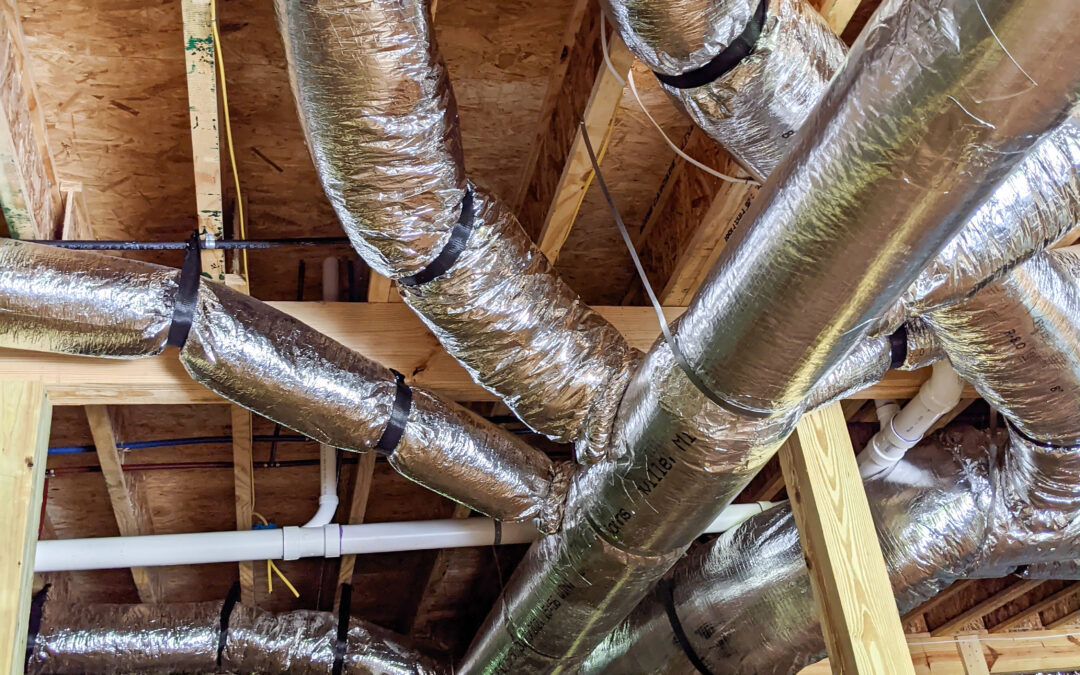Crawlspaces have many purposes from access to plumbing and electrical to insulating your home. But the big question many homeowners and potential home buyers ask is, is the crawlspace up to code?
Learn the requirements for a crawlspace that ensures a safe, sanitary and optimal crawlspace to protect your home.
Crawlspace International Residential Code (IRC) Requirements
The IRC has a set of building codes to keep occupants safe and healthy. Livable spaces must comply with IRC regulations for residential buildings. These codes won’t encompass all considerations for building codes though because you might also have city or county codes to review and uphold in your area.
However, learning IRC regulations will give you a good starting point for ensuring your home meets with requirements.
1. Crawlspaces Without Vents
While you don’t have to have a vent in your crawlspace, it does impact the rules and regulations you must follow for your home. Crawlspaces without vents must have a Class 1 vapor retarder as well as a dehumidifier that meets the size requirements for the space and insulation material.
The challenge with finding the right dehumidifier is that you’ll need to review the code specifics to find the right dehumidifier size based on the size of the space.
For 300-foot crawlspaces, you’ll need a 20–30-pint dehumidifier based on the amount of humidity your home has. 500-square-foot crawlspaces must have a 25-35-pint dehumidifier. 800-square-foot crawlspaces will need a 25-35-pint dehumidifier and 1,200-square-foot crawlspaces require a 50-60-pint dehumidifier.
Once the space is larger than 1,200 square feet, many builders will recommend encapsulating or sealing the space instead. While this is not a low-cost project, it will best serve your crawlspace and prevent too much moisture from causing mold and mildew.
2. Vented Crawlspaces
If you have a vented crawlspace, different regulations apply. You’ll need to have outdoor ventilation between the floor joists and the ground. Ensure that all walls of your crawlspace have vents. You’ll need to have at least a 1-foot vent for every 500 square feet of crawlspace. Or if your crawlspace has Class 1 vapor barriers, you can have a 1-foot vent for every 1,500 square feet.
3. Sump Pump/Drain
You’ll need to have either a drain or a sump pump in your crawlspace. This is separate from the required perimeter drains and gutters, which help move water away from the foundation.
4. Insulation
Crawlspaces with a Class 1 vapor retarder must have thermal insulation on the walls. When using foam insulation boards, they must have a thermal barrier. This will protect your crawlspace from being the source of a house fire. Porous insulation will absorb water from the ground, which is why you want to choose your insulation carefully.
5. Access Door Size
Crawlspaces must have an access door to reach the space for maintenance, repairs or in case of an emergency. IRC regulations state that access doors must be no smaller than 18-by-24 inches when they are on the floor. If they are in a wall, the access door must be no smaller than 16-by-24 inches.
Experts recommend placing the access door on the floor when the crawlspace is unvented. That way, the insulation on the walls won’t be disrupted or need to be repaired when you access the space.
What If My Crawlspace Isn’t to Code?
When purchasing or building your home, the crawlspace was likely not your focal point. Generally, this space is more utilitarian and buyers focus on livable spaces.
So what can you do if you’re a first-time crawlspace owner? It’s a good idea to get an expert to review the crawlspace. You’ll want to find a foundation contractor for this work. These experts know what to look for in protecting buildings of all types.
The company might find some areas of improvement to prevent mold, pests and groundwater from infiltrating your home. If caught early, many crawlspace issues can be simple fixes. But if you ignore the problem for too long, you might have a serious problem on your hands that could impact your entire home.
In addition to the above-listed requirements and your local code regulations, some items that the foundation contractor will look at include:
- Caulks and sealants meet specifications to prevent airflow into the space
- Termite inspection gaps exist in areas where the pests pose a particular threat
- Considering a low-permeance vapor barrier when the required 6 mil is too weak given the area’s moisture
Columbia CrawlSpace offers crawlspace and foundation repair throughout middle Tennessee. The best part about working with Columbia CrawlSpace is that estimates and inspections are always free, which means getting started has no downside. Just call 931-329-5468 or send us a message.

Recent Comments